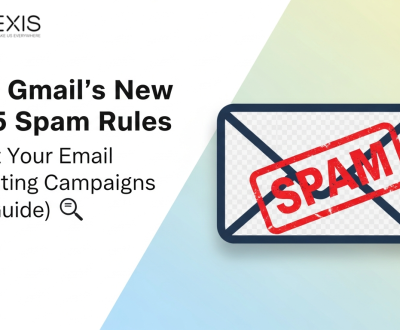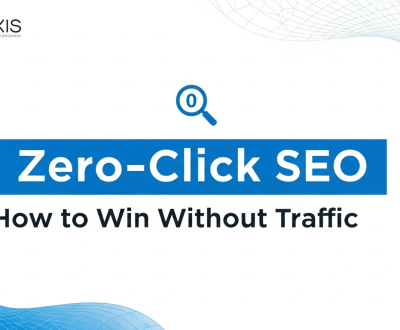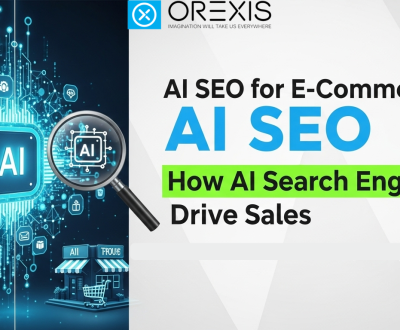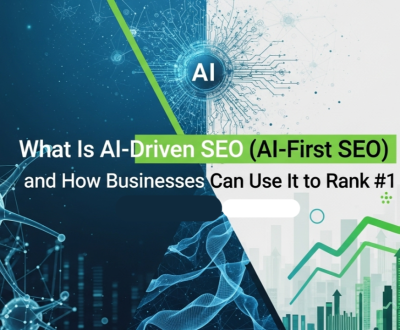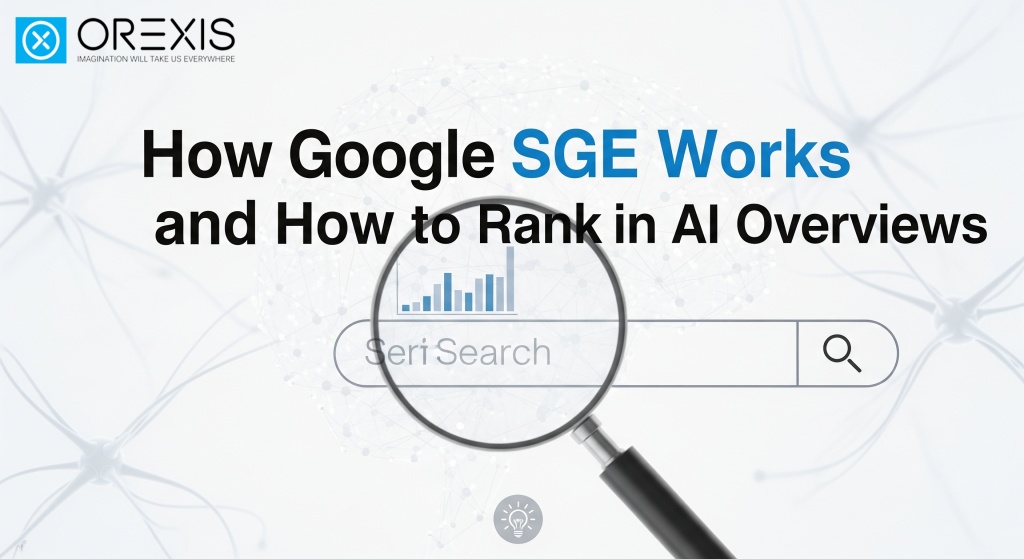
What is Google SGE and How Can You Rank in It?
Google SGE (Search Generative Experience) is Google’s AI-powered search feature that provides instant AI-generated overviews of queries. Instead of showing only a list of links, Google SGE summarizes answers, cites reliable sources, and organizes content into conversational, contextual insights.
How Google SGE Works and How to Rank in AI Overviews , businesses must:
- Provide direct, structured answers to user queries
- Use schema markup for machine readability
- Build authority (E-E-A-T) with expertise and credibility
- Create long-form, semantic-rich content
- Update content regularly for freshness
Google has officially stepped into the world of AI-powered search with Search Generative Experience (SGE). This new feature fundamentally changes how people interact with search results. Instead of clicking multiple links, users now get AI summaries at the very top, with citations to a handful of trusted websites.
For businesses, this means traditional SEO tactics aren’t enough anymore. To stay visible, your website must not only rank on Google’s SERPs but also be recognized as a trusted source for AI overviews.
At OREXIS, the AI SEO experts, we specialize in AI-first SEO strategies. In this guide, we’ll break down how Google SGE works, why it matters, and how you can optimize your website to appear in AI Overviews.
What Is Google SGE?
Google SGE (Search Generative Experience) is an AI-powered layer on Google Search that:
- Provides summarized answers to complex questions
- Organizes search results in a conversational format
- Includes citations to select websites
- Offers follow-up questions for deeper exploration
In short, SGE is Google’s version of an AI assistant inside search. Instead of scrolling through 10 results, users can get instant insights, and this is where your website needs to be part of the AI answer.
How Google SGE Chooses Sources
Google’s AI overview doesn’t pull results randomly. It carefully evaluates:
- Relevance of Content
- Does your content directly answer the search intent?
- Is it conversational and clear?
- Authority Signals (E-E-A-T)
- Are you a recognized expert in your niche?
- Does your site show author bios, references, and credibility?
- Content Structure
- Is your blog organized with headings, bullets, and FAQs?
- Does it have schema markup for clarity?
- Freshness
- Is your content regularly updated with new information?
- Engagement Metrics
- Do users spend time on your page, or bounce quickly?
Why SGE Matters for Businesses
SGE is not just an experiment — it’s the future of search. Here’s why:
- Top of the Page Visibility → AI Overviews appear before organic results.
- Traffic Opportunities → Even if you’re not ranking #1 traditionally, you can be cited in SGE.
- Brand Authority → Being featured in AI summaries positions your brand as a thought leader.
- Competitive Edge → Early adoption gives you an advantage before others catch up.
How to Rank in Google SGE AI Overviews
1. Optimize for Conversational Queries
Users now search in natural language.
Example:
- Old search: “SEO best practices”
- New search: “What are the best SEO practices for AI-driven websites?”
Action Tip: Use long-tail, question-style headings in your blogs.
2. Create AI-Friendly Answer Boxes
AI Overviews prioritize concise summaries.
- Include a direct 2–3 sentence answer at the top of your article.
- Use bullet lists for steps, benefits, and comparisons.
Action Tip: Place an answer box within the first 200 words of every blog.
3. Add Schema Markup
SGE reads structured data to validate content.
- FAQ schema → For common queries
- How-To schema → For guides
- Article schema → For blogs
Action Tip: Every page should include schema markup for better AI parsing.
4. Build Authority (E-E-A-T)
Google’s AI needs to trust your website.
- Add expert author bios
- Show references to credible sources
- Maintain HTTPS and transparency
- Share case studies, reviews, and testimonials
Action Tip: Update your About Us and Author sections to highlight expertise.
5. Publish Semantic-Rich Long-Form Content
AI prefers comprehensive coverage over thin pages.
- Cover related subtopics in one article
- Use entities, synonyms, and contextual keywords
- Link to supporting cluster content
Action Tip: Target 1,500+ word blogs that fully explain a topic.
6. Focus on Freshness
SGE highlights up-to-date information.
- Update blogs every 3–6 months
- Add new stats, trends, and examples
- Refresh meta titles and descriptions
Action Tip: Keep a content refresh calendar for your website.
7. Strengthen Off-Site Authority
AI doesn’t only look at your website — it checks the web.
- Build quality backlinks
- Be cited in trusted news sites
- Grow brand mentions on forums and socials
Action Tip: Invest in digital PR and guest posting to build authority.
Step-by-Step Action Plan for SGE SEO
- Identify conversational queries with tools like ChatGPT & Perplexity.
- Write blogs with answer boxes that provide instant summaries.
- Implement schema markup on every blog post.
- Add expert bios and credibility markers.
- Expand into long-form content with 1,000–1,500+ words.
- Refresh content regularly with updated insights.
- Promote your content through backlinks and brand visibility.
FAQs
Q1. What is Google SGE?
Google Search Generative Experience is an AI-powered search feature that summarizes answers with AI and cites sources.
Q2. How do I rank in Google’s AI Overviews?
By providing structured, expert, and conversational content that answers user intent directly.
Q3. Does SGE replace SEO?
No — but it changes SEO strategies. SEO is still essential, but optimized for AI-driven results.
Q4. Is SGE available everywhere?
As of now, Google SGE is rolling out gradually to different countries.
Q5. How do I prepare for SGE as a business?
Start creating AI-first SEO content today to secure early visibility.
Conclusion
Google SGE is rewriting the rules of search. If you want your business to remain visible, you need to adapt your SEO strategy to AI-first principles.
By focusing on conversational queries, structured data, E-E-A-T, and fresh long-form content, you can increase your chances of being cited in Google’s AI Overviews.
At OREXIS, we specialize in AI-first SEO strategies that help businesses dominate ChatGPT, Gemini, Perplexity, and now Google SGE. The brands that adapt today will lead tomorrow’s search results.
About us
Orexis is one of the leading Digital marketing companies in Kozhikode, Kerala, that delivers Complete digital Marketing services like Social media promotions, SEO, PPC, Branding, etc. to their clients. Cost-effective online advertising services and customer satisfaction are our mottoes.
Subscribe to our newsletter!
Recent Posts
- How Gmail’s New 2025 Spam Rules Affect Your Email Marketing Campaigns (Full Guide) November 27, 2025
- Zero-Click SEO: How to Win Without Traffic November 19, 2025
- India Plans to Remove Digital Ad Tax — What It Means for Advertisers November 13, 2025


